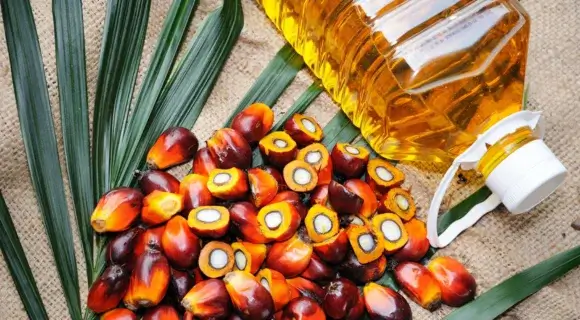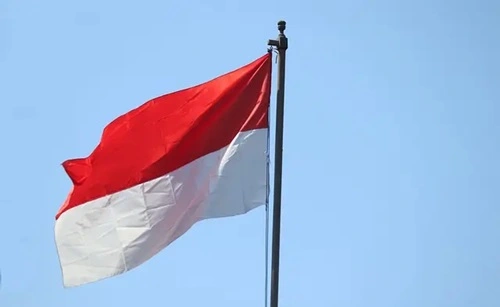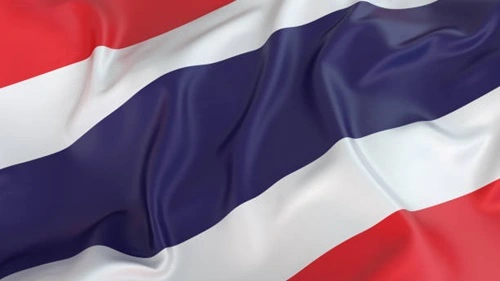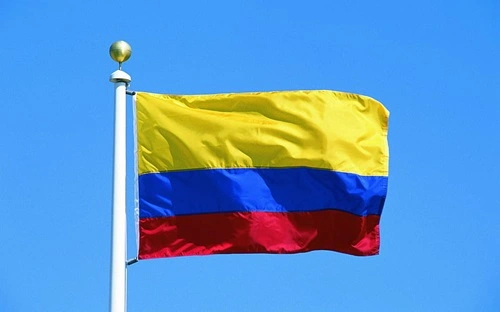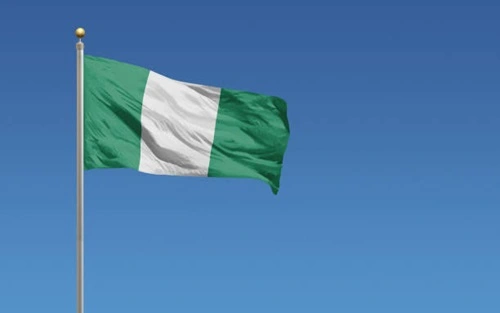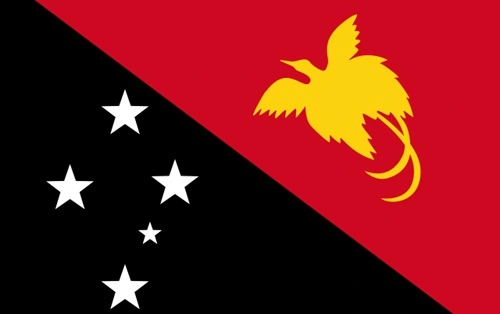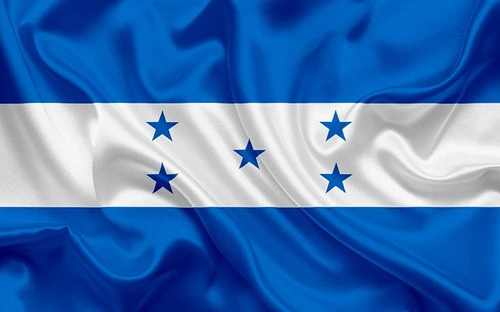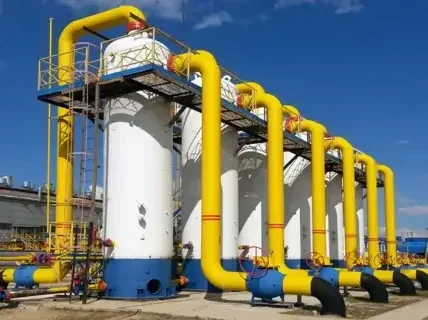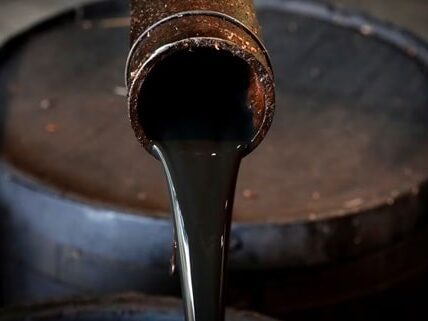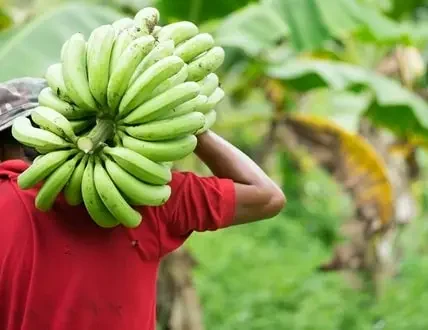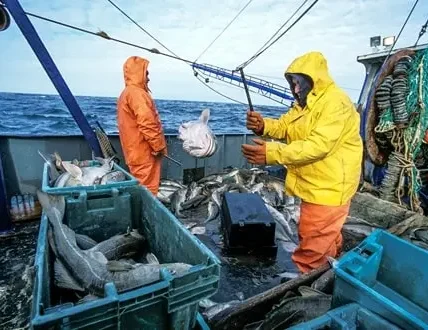See, palm oil is actually one of the most essential edible oils in the entire world, and you won’t even realize how much we all are dependent upon this oil in many ways in our daily lives. You see, many of the snacks we eat, the soaps we use, and the beauty products we buy, all of them have palm oil in them or it is a crucial ingredient in the making. And yeah, some of you might already know that Indonesia is actually the biggest producer of palm oil in the entire world, but that’s not the only country though. So yeah, that might have got you thinking like what other players are in this palm oil production game, right? Well, that’s precisely what we are gonna unpack today because here we will be going over the list of the top 10 largest producers of palm oil in the world as of 2024. Alright, here we go now.
Countries With Highest Palm Oil Production
1. Indonesia
Now, if you’re talking about the big players in palm oil, you can’t just skip Indonesia. Leading the charge with a whopping 47,000 thousand metric tons, Indonesia isn’t playing around. This isn’t just by luck, oh no. Thanks to its tropical vibes and vast peatlands, it’s pretty much the perfect spot for oil palm trees to thrive. But that’s not all though, Indonesia’s gone all-in on palm oil, turning it into a major player in its economy. And guess what? It’s not just for their local markets, nah man, Indonesia’s palm oil is a global superstar, impacting the world market in a big way.
2. Malaysia
Hot on Indonesia’s heels, we’ve got Malaysia, churning out an impressive 19,000 thousand metric tons. Ever wondered how Malaysia climbed up to these heights in the palm oil game? It’s all about dedication to agricultural growth, folks. The Malaysian government isn’t just sitting back, they’re knee-deep in policies and research to bump up those palm oil yields. Plus, let’s not forget their year-round grow season, thanks to that equatorial climate. And for those of you who keep an eye on the green side of things, Malaysia’s also stepping up its game in sustainable palm oil production.
3. Thailand
Okay, so Thailand might look like the underdog here with 3,450 thousand metric tons, especially next to the giants Indonesia and Malaysia. But hold up, don’t underestimate them. Thailand’s making some serious moves in the palm oil sector. How, you ask? Well, a big shoutout goes to their government’s backing, especially down south, and let’s not overlook their spot-on climate for oil palms. For anyone keeping tabs on the global palm oil scene, Thailand is definitely one to watch as they ramp up their production game.
4. Colombia
Now, let’s talk about Colombia, a real big player in the palm oil game, especially in Latin America. We’re looking at a whopping 1,800 thousand metric tons of production! What’s the secret sauce here? Well, Colombia’s got this super diverse climate, perfect for all sorts of crops, but palm oil? That’s their star player. The cool part? It’s not just the big plantation giants running the show, small family farms are in on it too, adding their bit to this massive production. So, if you’re eyeing the palm oil market, either as a buyer or maybe an investor, getting the lowdown on Colombia’s role is like striking gold, giving you the inside track on how diverse this market really is.
5. Nigeria
Alright, moving over to Nigeria, and let me tell you, they are not playing around when it comes to palm oil. They pump out 1,400 thousand metric tons! That’s right, they’re the top player in Africa for palm oil production. Palm oil and Nigeria go way back, I mean centuries back. It’s a big deal in their agriculture, no kidding. Nigeria’s got this massive expanse of land just right for growing oil palms, and the climate? Spot on! But yeah, as you can already tell, there’s a catch. Nigeria’s palm oil scene is kinda grappling with some old-school production methods. Imagine the boost in numbers if they switched up to the latest tech! Now that’s a game-changer waiting to happen.
6. Guatemala
Now, when you’re thinking about palm oil production, Guatemala might not pop up in your mind right away, but guess what? With a whopping production of 920 thousand metric tons, Guatemala is literally making waves in the palm oil industry, especially in Central America. Why is it climbing up the ranks, you ask? Well, it’s all thanks to its perfect tropical climate that’s just the ticket for growing palm trees. In recent years, there’s been a huge shift in Guatemala’s agriculture, with palm oil becoming the new hotshot because of its sky-high yield and profitability.
7. Papua New Guinea
Alright, let’s talk about Papua New Guinea. Producing a solid 800 thousand metric tons, this country might not be the first name that springs to your mind in the palm oil scene, you know, but it’s a big deal in the Pacific. The country’s dive into palm oil production is kinda new compared to other giants, but boy, has it made a splash in its economy. Thanks to Papua New Guinea’s lush tropical climate and the government’s push for agricultural exports, the palm oil scene there is booming like crazy!
8. Ivory Coast
And here comes Ivory Coast, or as some folks like to call it, Côte D’Ivoire. Churning out 600 thousand metric tons, this West African gem is turning heads in the palm oil market. With a diverse agricultural sector, palm oil stands tall as one of its shining stars. The Ivory Coast’s climate is a dream come true for oil palm growers, and the government? They’re all in, backing the industry and eyeing economic growth. For anyone scouting the African palm oil territory, missing out on Ivory Coast’s contribution is a no-go.
9. Honduras
Alright, let’s talk about Honduras next, shall we? Producing a whopping 595 thousand metric tons, Honduras is like this under-the-radar Central American country that’s seriously making a name for itself in the palm oil game. What’s really pushing their numbers up? Well, it’s all thanks to the spread of those oil palm plantations and, yeah, some pretty slick improvements in how they do their farming. You see, Honduras has this tropical climate that’s just perfect for growing palm trees.
10. Brazil
Now, moving on to Brazil. We all know Brazil, right? It’s like this agricultural giant, churning out 585 thousand metric tons of palm oil. Sure, you might be thinking of soybeans or sugarcane when it comes to Brazil, but hold on, palm oil is quickly becoming a big player there. The secret sauce? It’s Brazil’s massive land, with just the right kind of climate for oil palms to thrive. And don’t get me started on their farming tech and infrastructure, it’s top-notch, playing a huge role in how Brazil’s nailing the palm oil production game.
Conclusion
That’s pretty much it for today. So yeah, next time you are checking that ingredient list on some snack, or maybe looking at what is mixed in your beauty product, remember, the palm oil used in those products must have come from any of these countries.
Frequently Asked Questions
Q1: What are the main uses of palm oil?
Ans: Palm oil is widely used in food products, cosmetics, cleaning agents, and biofuels.
Q2: Why is palm oil production controversial?
Ans: Palm oil production is controversial due to its association with deforestation, habitat destruction, and human rights issues.
Q3: What are the environmental impacts of palm oil production?
Ans: The environmental impacts include deforestation, loss of biodiversity, greenhouse gas emissions, and soil degradation.
Q4: How does palm oil production affect local communities?
Ans: Palm oil production can impact local communities through land conflicts, changes in livelihoods, and sometimes improvements in infrastructure and employment opportunities.
Q5: What are the alternatives to palm oil?
Ans: Alternatives to palm oil include other vegetable oils like soybean, sunflower, and canola oil, but these also have their own environmental impacts.
Q6: What is being done to address the negative impacts of palm oil production?
Ans: Efforts include stricter regulations, certification schemes like RSPO, corporate commitments to sustainable sourcing, and increased consumer awareness.
Q7: How can consumers support sustainable palm oil production?
Ans: Consumers can support sustainable palm oil production by choosing products with RSPO certification, advocating for transparency in supply chains, and supporting companies committed to sustainability.

Brandon is the cheif editor and writer at WorldUnfolds.com. With a passion for storytelling and a keen editorial eye, he crafts engaging content that captivates and enlightens readers worldwide.

